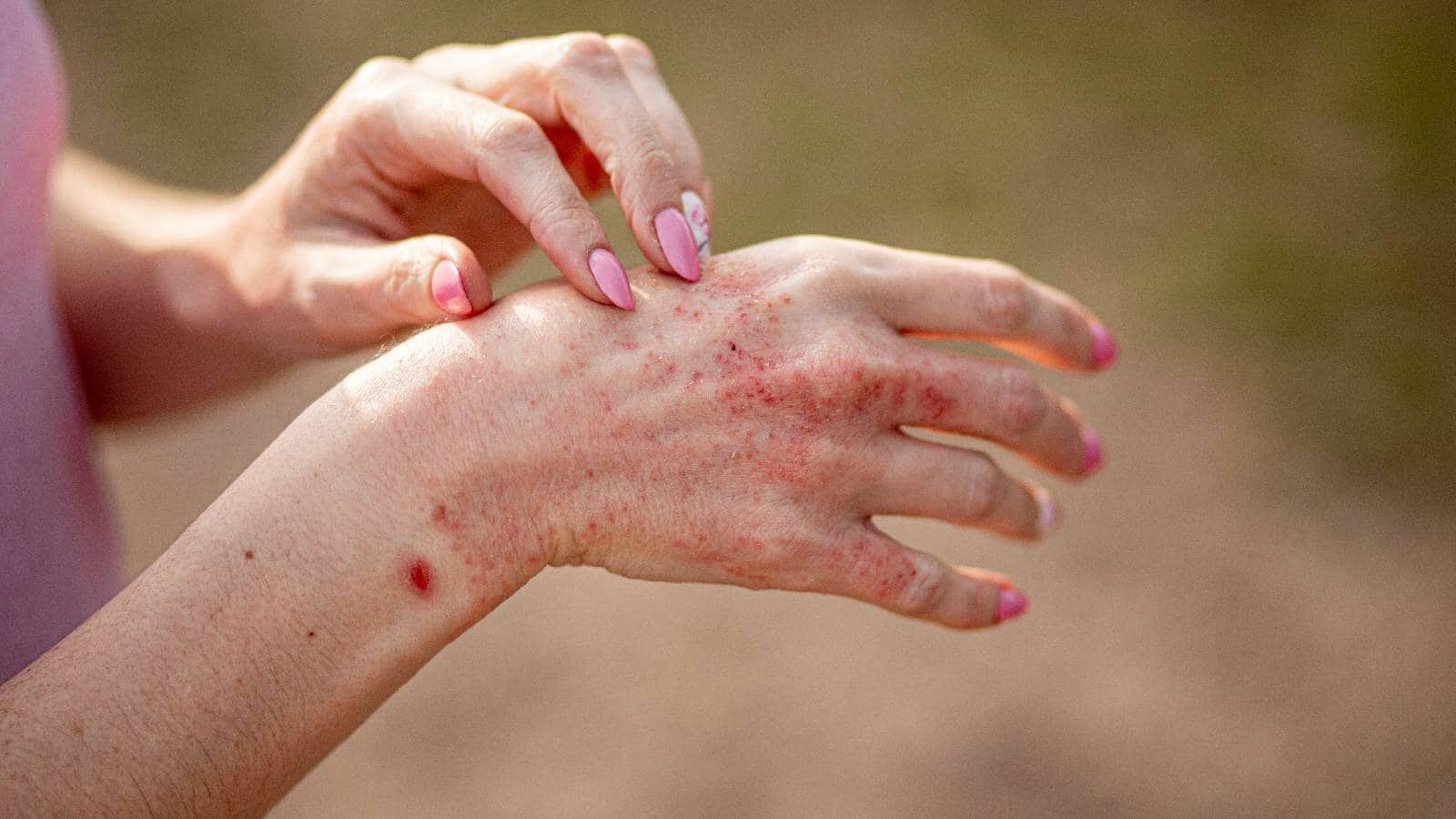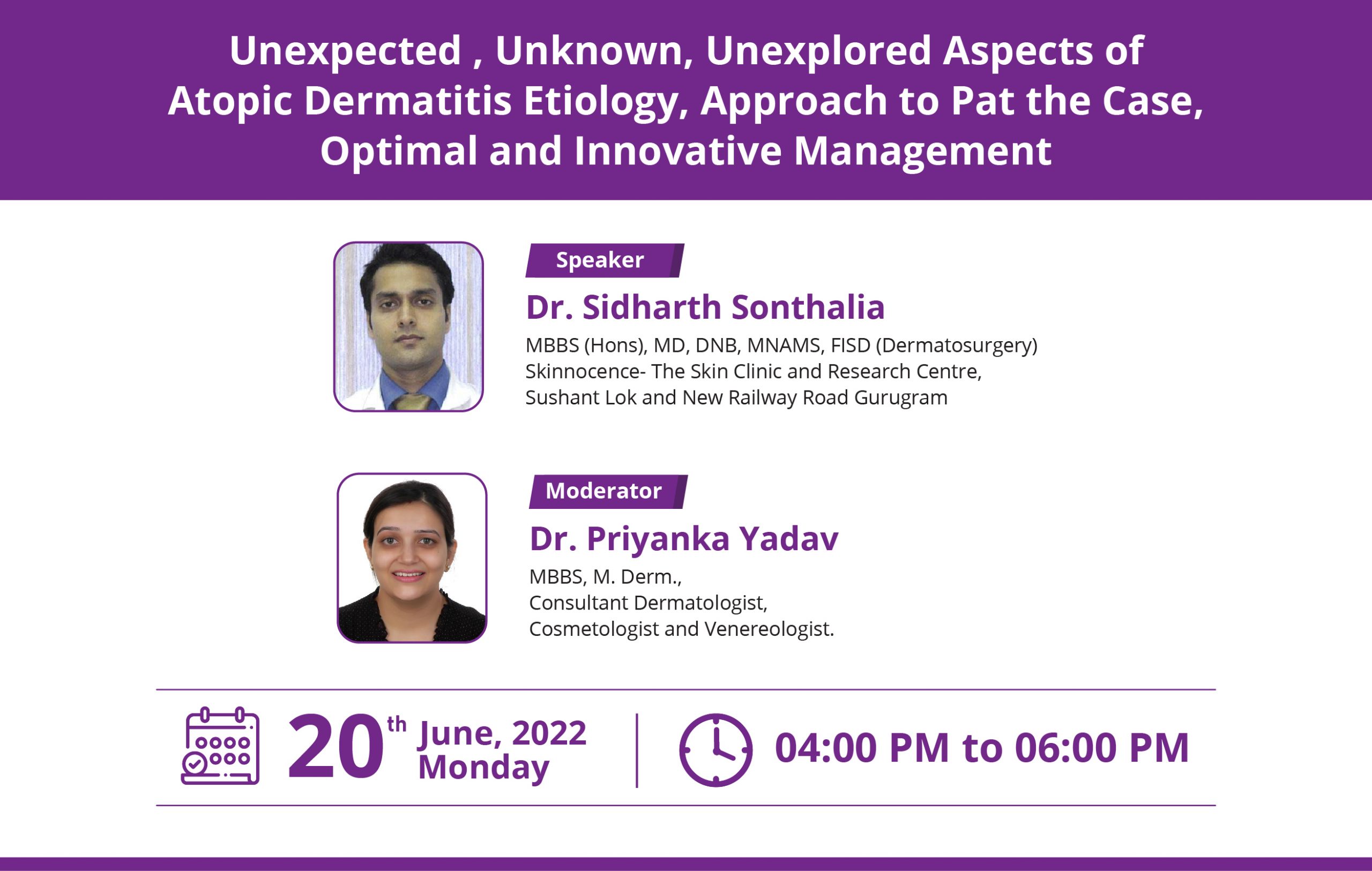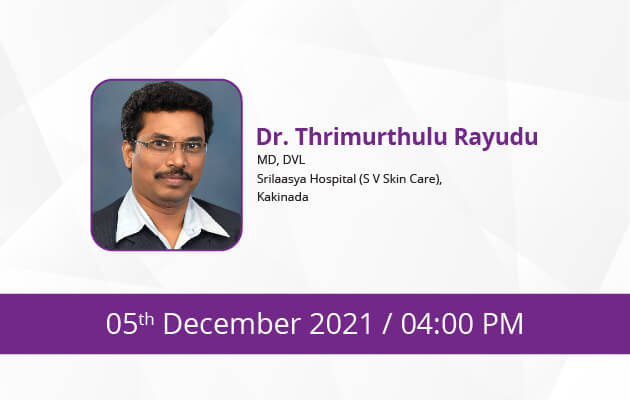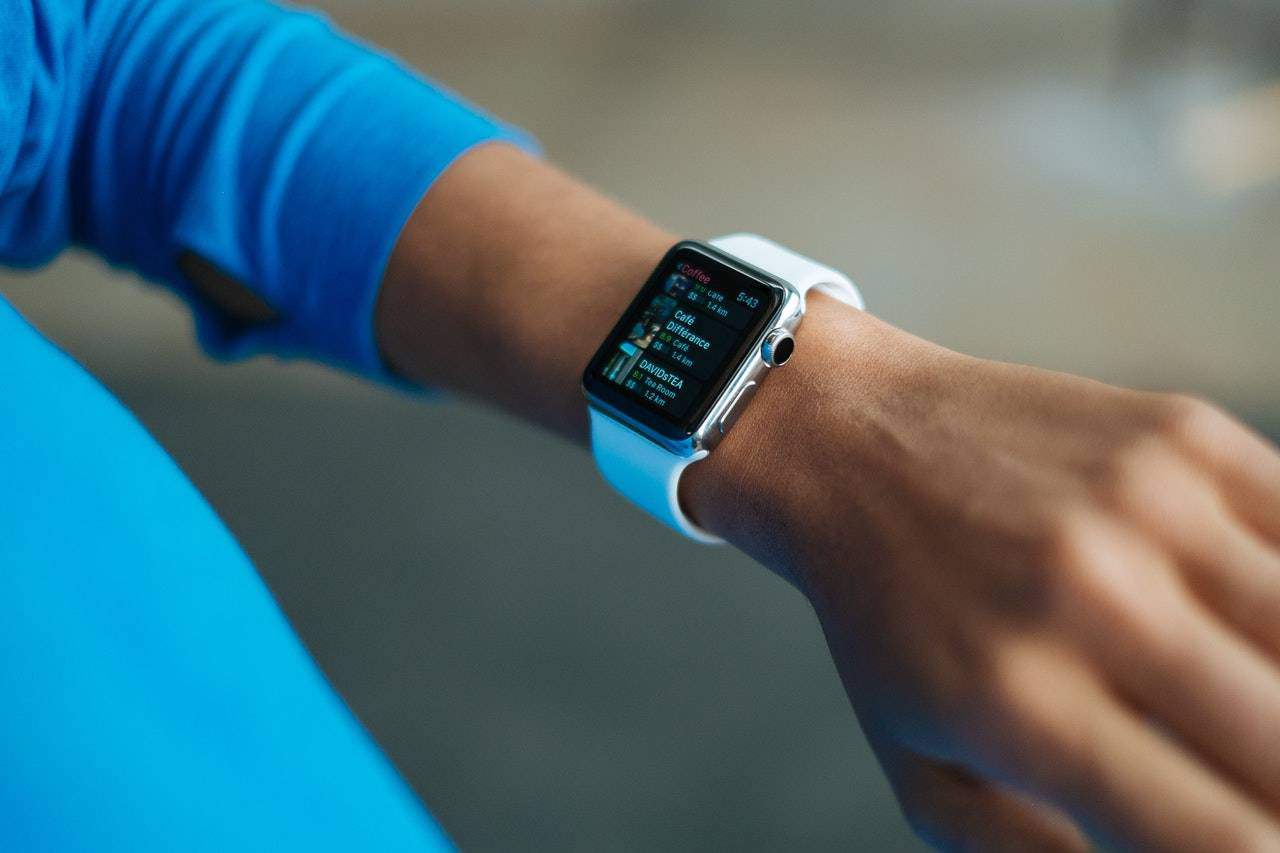
New Treatment for Moderate to Severe Atopic Dermatitis Shows Promising Long-Term Results
As per a few scientists who distributed their exploration in The Lancet, patients with moderate to extreme atopic dermatitis who partook in a clinical preliminary of the novel, patient-custom-made monoclonal immune response treatment showed empowering results both while taking the drug and for as long as 20 weeks after it was halted.
The discoveries, as per the scientists, recommend that they may have the ability to for all time modify the hereditary qualities of a person’s atopic dermatitis and may try to add to the upkeep of enduring impacts without any continuous treatment. The immunological atom OX40, which is associated with initiating provocative cells and is critical for the rise of atopic dermatitis and other fiery sicknesses, is repressed by .
Atopic dermatitis, the most widely recognized sort of dermatitis, is a weakening ongoing provocative skin illness that influences 1 of every 10 Americans and a large number of individuals worldwide. It frequently creates quite early on, making the skin become excited, red, incredibly irritated, difficult, and extremely dry-all side effects that enormously influence a patient’s personal satisfaction. Analysts are exceptionally hopeful about the consequences of this preliminary and the potential for infection alteration and dependable impacts to work on patients’ personal satisfaction.
In this stage 2b multicenter, twofold visually impaired, fake treatment controlled study, 274 patients were enrolled and (: n=217; fake treatment: n=57) haphazardly allocated 1:1:1:1:1 to like clockwork (150 mg or 600 mg) or at regular intervals (300 mg or 600 mg) or subcutaneous fake treatment up to week 18, with a 18-week dynamic treatment expansion and 20-week follow-up. This preliminary was directed at 65 destinations inside the US, Canada, Japan, and Germany
Percent change from benchmark in the Dermatitis Region and Seriousness File (EASI) score was evaluated as the essential endpoint at week 16, and importance versus fake treatment was accomplished with all dynamic portions (- 48% to – 61%) dosages contrasted with fake treatment (- 15%). All dynamic portion accomplices likewise kept further developing after week 16, and most patients kept up with the reaction for no less than 20 weeks of treatment.
The outcomes are supported as a protected and viable treatment for moderate to extreme atopic dermatitis, with possibly enduring viability and infection change. Unfriendly occasions were for the most part comparative between gatherings. Normal unfavorable occasions during the twofold visually impaired period included fever, chills, migraine, aphthous ulcers (blister), and sickness.
Scientists intend to proceed with this examination in a stage 3 program in 2023. Future examinations will likewise incorporate a bigger report populace, longer subsequent meet-ups, and investigation of blend treatment, (for example, in addition to skin corticosteroids).
Visit DocMode for Courses and lectures

















